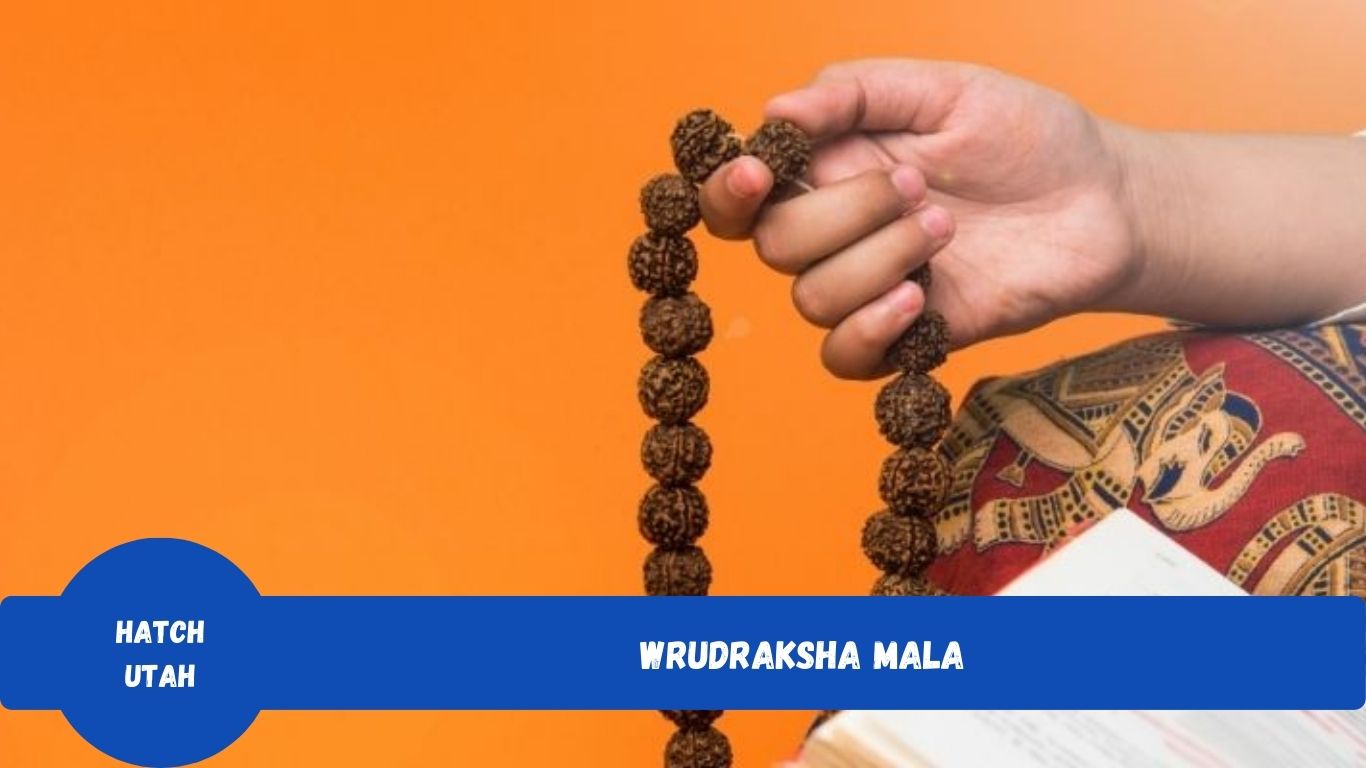Introduction
Rudraksha malas are traditional prayer beads that hold deep spiritual and cultural significance in Hinduism and Buddhism. Made from the seeds of the Rudraksha tree, these malas are used for meditation, prayer, and spiritual practices. They are revered not only for their divine association but also for their believed healing and mental benefits.
A Rudraksha mala is a string of beads used primarily for meditation, chanting, and prayer. The beads are derived from the seeds of the Rudraksha tree (Elaeocarpus ganitrus), which is found in the Himalayan regions and parts of Southeast Asia.
Characteristics of Rudraksha Beads
- Shape and Size: Rudraksha beads vary in shape and size, with the most common being spherical. The size can range from small beads to larger ones, depending on their purpose and tradition.
- Mukhis (Facets): The beads come in different mukhis or facets, typically ranging from 1 to 21. Each mukhi is believed to have specific spiritual and therapeutic properties.
- Color and Texture: The beads can range in color from brown to dark blue and are typically rough in texture.
Historical and Spiritual Significance
Origin and Mythology
- Legend of Rudraksha: According to Hindu mythology, Rudraksha beads are said to have originated from the tears of Lord Shiva. It is believed that Shiva shed these tears while meditating, and they transformed into the Rudraksha seeds.
- Spiritual Symbolism: The Rudraksha mala is considered sacred and symbolizes divine presence and cosmic energy. It is often associated with spiritual enlightenment and the blessings of deities.
Uses in Hinduism and Buddhism
- Hinduism: In Hindu practices, the Rudraksha mala is used for japa (repeated chanting of mantras) and meditation. It is believed to help in focusing the mind and attaining inner peace.
- Buddhism: In Buddhism, the Rudraksha mala is used for prayer and meditation to achieve mental clarity and spiritual growth.
Types of Rudraksha Beads and Their Benefits
Rudraksha beads are categorized based on their mukhis or facets. Each type is believed to offer different benefits and cater to specific spiritual needs:
1. One-Mukhi Rudraksha
- Characteristics: This bead is rare and has a single, vertical line.
- Benefits: It is said to bring mental clarity, spiritual awakening, and is associated with Lord Shiva.
2. Five-Mukhi Rudraksha
- Characteristics: The most common type, with five lines on its surface.
- Benefits: It is believed to have a calming effect, aid in mental peace, and enhance concentration.
3. Seven-Mukhi Rudraksha
- Characteristics: Has seven lines, each representing different aspects of life.
- Benefits: It is associated with prosperity and is believed to help overcome financial difficulties and provide protection.
4. Eleven-Mukhi Rudraksha
- Characteristics: Features eleven facets.
- Benefits: It is thought to enhance communication skills, provide clarity in thought, and aid in self-realization.
5. Sixteen-Mukhi Rudraksha
- Characteristics: Contains sixteen facets.
- Benefits: Believed to have powerful spiritual benefits, helping in overcoming obstacles and achieving success in personal endeavors.
How to Use a Rudraksha Mala
1. Meditation
- Preparation: Cleanse the mala before use by immersing it in water or placing it under the moonlight. This is believed to remove any negative energies.
- Technique: Use the mala during meditation or japa. Hold the mala between your fingers and recite a mantra for each bead. Avoid using the index finger to touch the beads.
2. Mantra Chanting
- Japa Practice: Use the mala to keep track of the number of mantra repetitions. Start from the bead next to the guru bead and work your way around the mala.
- Focus: Concentrate on the meaning of the mantra and allow the repetitive action to aid in deepening your meditation.
3. Wear and Carry
- Wearing the Mala: Rudraksha malas can be worn as a necklace or bracelet. It is often recommended to wear them in direct contact with the skin for maximum benefits.
- Carrying: You can also keep the mala in your pocket or bag to benefit from its energy throughout the day.
Caring for Your Rudraksha Mala
Proper care ensures the longevity and effectiveness of your Rudraksha mala:
- Cleaning: Gently clean the mala with a soft cloth. Avoid using harsh chemicals or submerging it in water for extended periods.
- Storage: Store your mala in a clean, dry place away from direct sunlight and moisture. You can keep it in a cloth bag or a wooden box.
- Energizing: Periodically, place the mala in moonlight or a sacred space to recharge its spiritual energy.
Choosing the Right Rudraksha Mala
When selecting a Rudraksha mala, consider the following:
- Purpose: Choose a mala based on your spiritual goals or needs. Consult with a knowledgeable practitioner if you’re unsure which type is best for you.
- Authenticity: Ensure the beads are genuine Rudraksha seeds and not synthetic imitations.
- Quality: Opt for a mala made from high-quality beads, with a smooth finish and well-crafted string.
Conclusion
The Rudraksha mala is a profound tool in spiritual practice, offering not only a means for meditation and prayer but also a connection to divine energies and inner peace. Whether you are new to spiritual practices or an experienced practitioner, incorporating a Rudraksha mala into your routine can enhance your meditation, foster spiritual growth, and bring numerous benefits. By understanding its significance and proper use, you can fully appreciate the depth and power of this sacred tool.








/socialsamosa/media/media_files/2zHb3sGz3BcGQQrVtOoh.png)
